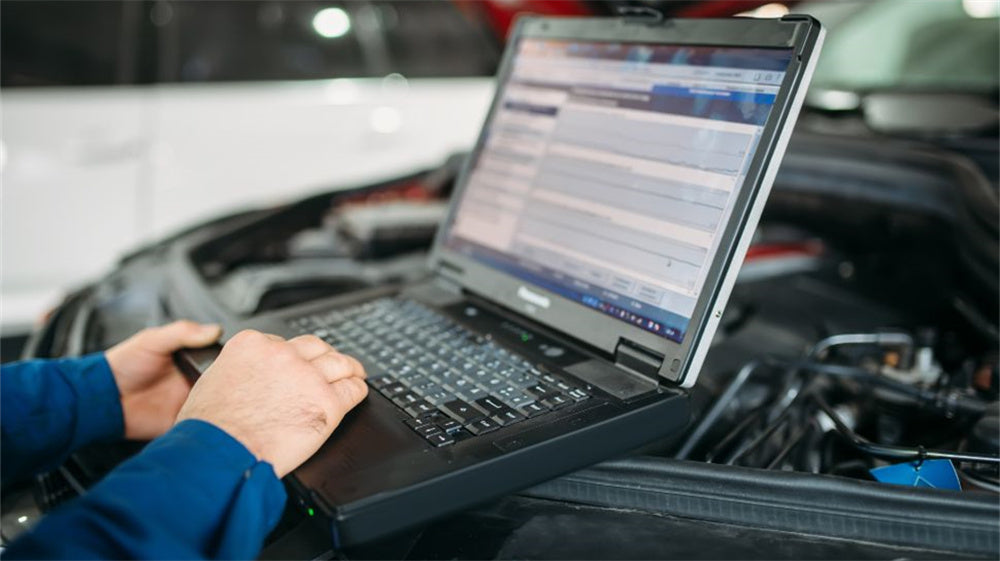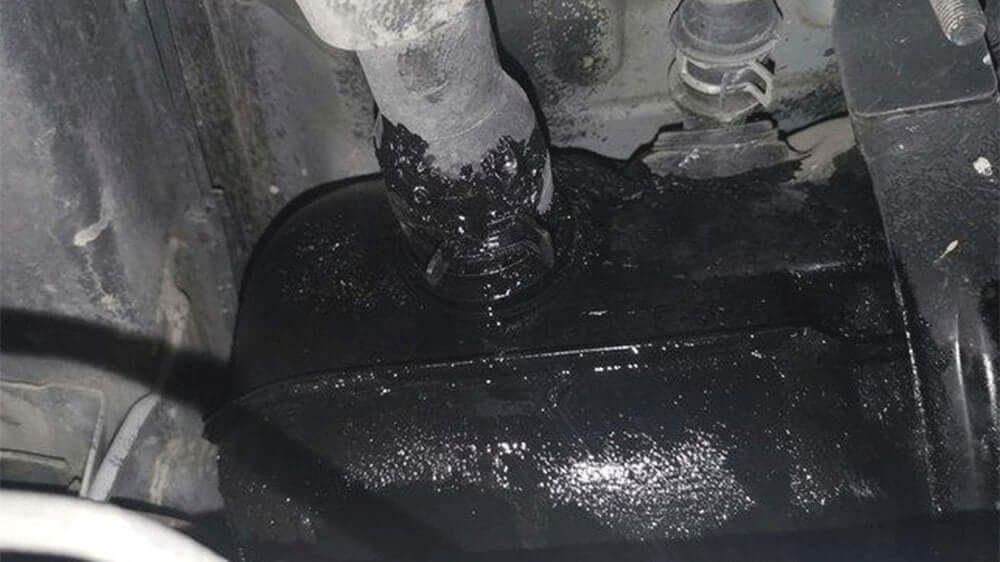
Ultimate Guide on How to Clean Oxygen Sensor Yourself
What is an Oxygen Sensor?
An oxygen sensor, also known as an O2 sensor, is a critical component in a vehicle's exhaust system. It measures the level of oxygen in the exhaust gases and sends this information to the engine control unit (ECU). The ECU then adjusts the air-fuel mixture to optimize combustion. This process is crucial for ensuring that the engine runs efficiently and meets emission standards.

What does an oxygen sensor do?
Oxygen sensors play a pivotal role in vehicle performance. By providing real-time data on the oxygen content in the exhaust gases, they help the engine control unit make precise adjustments to the fuel mixture. This not only maximizes fuel efficiency but also minimizes harmful emissions. A well-maintained oxygen sensor ensures smooth engine operation, improved throttle response, and overall better vehicle performance.
Bad Oxygen Sensor Symptoms
-
Poor Fuel Economy
Higher fuel consumption due to inaccurate data. -
Decrease in Engine Performance
Sluggish acceleration and reduced power. -
Increased Exhaust Emissions
Higher levels of harmful emissions and potential test failures. -
Rough Idling or Stalling
Uneven engine running or unexpected stalling. -
Check Engine Light Illuminates
Dashboard light indicating sensor or emissions issues. -
Improper Fuel Mixture Adjustments
Inefficient combustion from incorrect air-fuel mixture.

How to clean oxygen sensor
1. Preparing Your Vehicle for Sensor Access
-
Turn Off the Vehicle and Cool the Engine
Ensure the engine is off and fully cooled to avoid burns and electrical issues. -
Disconnect the Battery
Disconnect the battery to prevent any electrical hazards during the process. -
Lift the Vehicle
Use a jack to lift the vehicle and secure it with jack stands for safe access to the underside. -
Locate the Oxygen Sensor
Find the sensor in the exhaust system, typically before or after the catalytic converter. -
Ensure Proper Access and Visibility
Make sure you have a clear view and easy access to safely remove and clean the sensor.

2. Removing the Oxygen Sensor Safely and Efficiently
-
Use the Right Tools
Employ a specialized oxygen sensor socket or wrench for removal. -
Watch for Residual Heat
Be mindful of residual engine heat if the vehicle was recently running. -
Unscrew Carefully
Gently unscrew the sensor counterclockwise and disconnect the wiring harness. -
Avoid Excessive Force
Use minimal force to prevent damaging the sensor or surrounding components. -
Place Sensor on a Clean Surface
Set the removed sensor on a clean surface, preparing it for cleaning.

3. Cleaning Techniques for Different Sensor Types
-
Zirconia Sensors
Use a non-abrasive, automotive-specific cleaner and a soft brush. Avoid immersion in liquids or harsh chemicals. -
Wideband Sensors
Apply a specialized electronic component cleaner. Ensure thorough drying to prevent moisture damage.
4. Reinstalling the Sensor and Ensuring Proper Fit
-
Reinstall the Cleaned Sensor
Thread the clean sensor back into the exhaust system carefully. -
Avoid Over-Tightening
Tighten the sensor firmly but avoid over-tightening to prevent thread damage. -
Reconnect the Wiring Harness
Securely reconnect the wiring harness and check all connections. -
Lower the Vehicle and Reconnect Battery
Remove the jack stands, lower the vehicle, and reconnect the battery. -
Check for Leaks and Irregularities
Start the engine and inspect for leaks or irregularities to confirm proper sensor function.
Regular Maintenance Tips for Optimal Performance
1. Routine Inspections
Regularly inspect the oxygen sensor and exhaust system for early detection of issues.2. Proper Air-Fuel Mixture
Ensure the air-fuel mixture is correctly adjusted to avoid undue stress on the sensor.3. Use Quality Fuels
Avoid low-quality fuels that can lead to sensor contamination and decreased performance.4. Replace Air Filters
Regularly replace air filters to prevent debris from affecting the sensor.5. Keep the Engine Tuned
Maintain engine tuning to reduce strain on the oxygen sensor and ensure optimal performance.

Avoiding Common Mistakes in Oxygen Sensor Care
1. Avoid Abrasive Cleaners
Do not use abrasive cleaners or tools that can damage the sensitive sensor components.2. Use Compatible Cleaning Solutions
Ensure that any cleaning solution used is specifically designed for oxygen sensors.3. Prevent Over-Tightening
Avoid over-tightening the sensor during installation to prevent thread or sensor damage.4. Handle with Care
Proper handling and careful installation are essential to maintain the sensor’s longevity and performance.
Conclusion
Cleaning and maintaining your oxygen sensor is an essential aspect of vehicle upkeep. By understanding the role of the sensor and following the proper procedures for cleaning and installation, you can ensure optimal engine performance and fuel efficiency. Regular maintenance and attention to detail will help extend the life of the oxygen sensor, reduce repair costs, and maintain your vehicle’s overall health. Taking these steps will not only improve your driving experience but also contribute to a cleaner environment.















































































